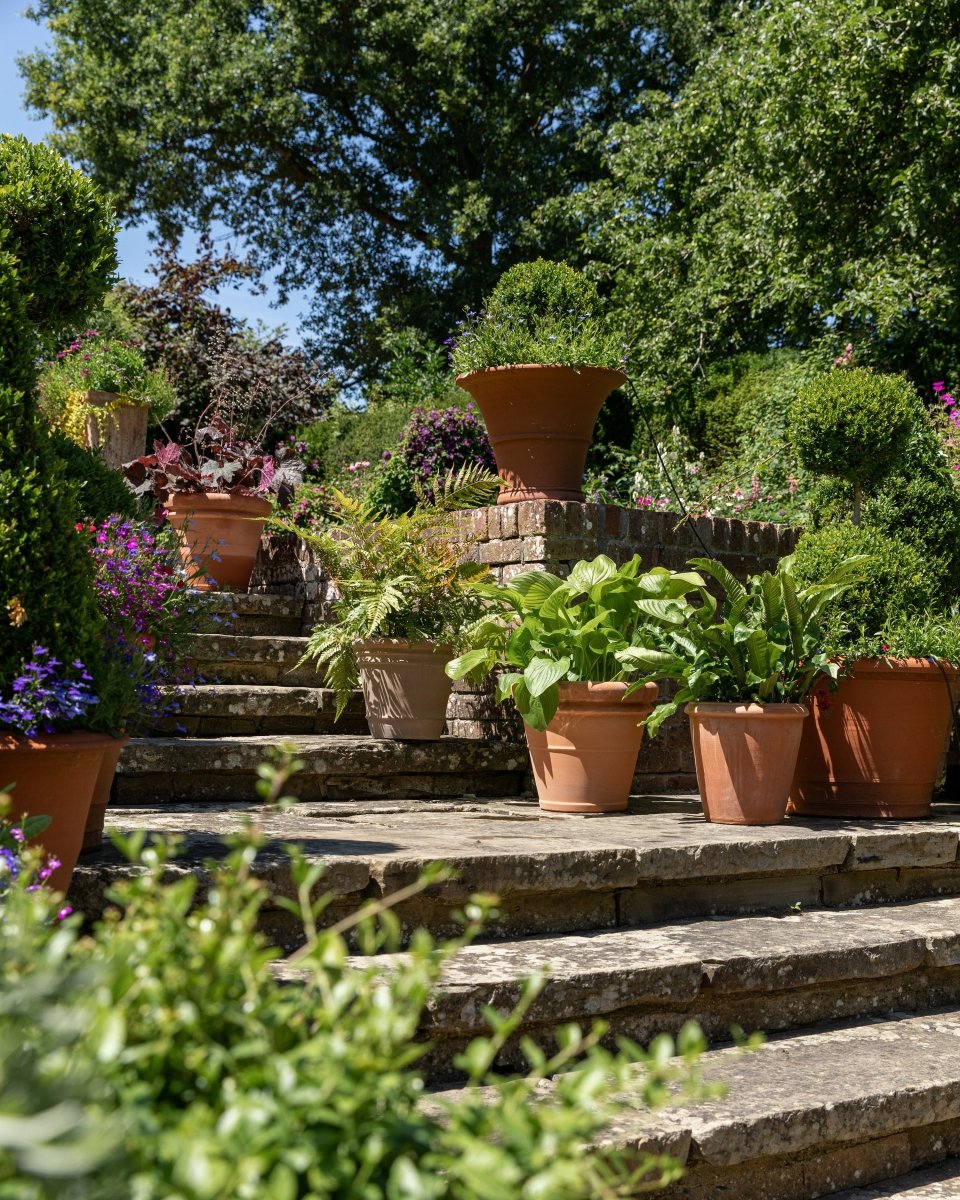Alocasia Zebrina Care Guide
The Alocasia Zebrina is a striking tropical plant known for its bold, arrow-shaped leaves and zebra-striped stems. Here’s a comprehensive care guide to keep your Alocasia thriving:
1. Light
- Ideal: Bright, indirect light is best.
- Avoid: Direct sunlight, as it can scorch the leaves. Low light can hinder growth.
2. Watering
- Frequency: Water when the top 2-3 cm of soil feels dry to the touch.
- Avoid: Overwatering, as this plant is prone to root rot. Ensure the pot has good drainage.
- Winter: Reduce watering as the plant's growth slows.
3. Humidity
- Preference: High humidity levels (60%+).
- Boost Humidity: Use a humidifier, group plants together, or place a tray of water with pebbles near the plant.
- Tip: Misting is optional but ensure leaves dry quickly to prevent fungal issues.
4. Temperature
- Range: 18–30°C.
- Avoid: Temperatures below 15°C, sudden drafts, or placing it near air conditioning or heaters.
5. Soil
- Ideal Soil: Well-draining, airy mix. Use a combination of peat-based potting soil, perlite, and orchid bark for optimal drainage.
6. Fertilising
- During Growth (Spring/Summer): Feed every 2-4 weeks with a balanced liquid fertiliser at half strength.
- Dormant Period (Autumn/Winter): Stop fertilising as growth slows down.
7. Repotting
- Frequency: Every 1-2 years or when it outgrows its pot.
- Best Time: Spring, to minimise stress during active growth.
8. Pruning
- Remove yellowing or damaged leaves to encourage healthy growth and reduce pests.
9. Pests
- Common Issues: Spider mites, mealybugs, and aphids.
- Solution: Use insecticidal soap or neem oil. Check regularly for early signs of infestation.
10. Dormancy
- Alocasia Zebrina may go dormant in colder months, losing leaves. This is normal. Reduce watering and resume regular care in spring.
11. Toxicity
- Caution: Toxic to pets and humans if ingested. Keep away from curious pets and children.
With proper care, your Alocasia Zebrina will reward you with its stunning foliage and distinctive zebra-like stems.



















